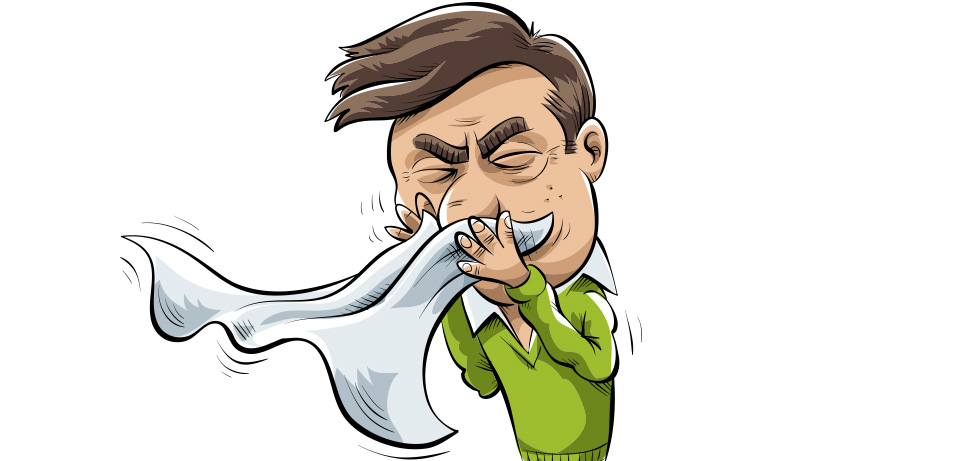A Triathlete’s Tips to Tackling Injury and Illness

Injuries are never positive and pleasant, but as triathletes, we often have some better options to deal with them than athletes who only compete in one discipline. From my experience, rarely is complete rest required. A modified workout regimen is more helpful.
Following are some ideas on how to best handle injuries and illness as an athlete.
Prevention:
With the exception of accidents, most injuries can be avoided. There is always a higher risk of injuries if we don’t take care of ourselves and follow certain steps (below) to prevent injury.
– Be aware of biomechanical deficiencies and work to eliminate them. Get a few sessions in with a physical therapist to get advice on a “maintenance routine” to help you work on muscular weaknesses.
– Get your bike fit assessed by an experienced bike fitter, and consult with a running shoe specialist to select the best running shoes for your fit. Poor bike fit or the wrong running shoe selection can easily lead to injuries.
– During high volume or intensity training phases, take extra vitamin and mineral supplements to strengthen your immune system. To prevent tissue or joint injuries, it can be helpful to use joint supplements.
– Increase training volume gradually (10–15 percent per week) especially for running—the most demanding on your body.
– Work a maintenance and self-care routine into your workout regimen. If you can, schedule regular massages. Or dedicate 10–15 minutes a day to loosening up your calves and hamstrings with a foam roller.
– For those with an office job: make sure you have an office setup that supports good posture and does not promote biomechanical weaknesses. Some say sitting is the new smoking, so try to avoid extended periods of sitting in your office chair.
– During winter months and cold weather training and racing, avoid any strenuous activities with cold muscles. Always warm up properly and wear adequate clothing. Higher intensity effort on cold muscles are much more likely to cause injuries like tears or strains.
Recovery
Even if we are super careful, most of us will at one point or another get an injury. For me, once this happens, my first goal is to get rid of it as quickly as possible. But I also don’t want to interrupt training. It’s been my experience that there are very few injuries where complete rest is best. Movement helps increase blood flow, which helps promote faster healing. Steps to take when you get injured:
– Pick the right doctor! This is very important. There are doctors who always prescribe rest, but most of them have not worked much with ambitious athletes. Look for one who has experience with athletes, and check referrals online or from other athletes. Make sure they do a thorough examination and listen to your input to understand your athletic goals. If you are not completely satisfied with a doctor, look for a second opinion. I’ve done this several times.
– Educate yourself, ideally before you see a doctor. There are great websites and books out there about sports injuries. In many cases, you can diagnose without a doctor what the issue is—or at least narrow it down.
– For acute injuries, like strains: apply ice several times per day. In addition, it can help to take anti-inflammatories like Aleve. However, try to avoid these if at all possible, and never take them for more than 5 days in a row. Most of these anti-inflammatories have negative side effects (i.e. stomach problems), and only mask the symptoms—leaving you uncertain if the injury has actually healed.
– Continue training (if possible), and focus more on disciplines that are not affected by your injury. These phases are great opportunities for block training—setting up a heavy training block of 10—14 consecutive days in one sport.
– Once the injury is healed, ease back into your regular workout routine. This is what I do for my three sports: For swimming, the first few swims I do on my own before rejoining my team. For cycling, I do the first few rides as trainer rides, or outdoor rides alone on a flat course, and avoid any group rides or hilly courses. For running, I do the first few runs on the treadmill at a controlled pace, and consider taking walk breaks every few minutes.
A lot of these tips also apply to dealing with sickness. My main rules:
– If you have a fever, don’t work out.
– If you cannot keep or get food in, don’t work out.
– Take out the intensity and just do easy, steady workouts instead.
Happy racing!






